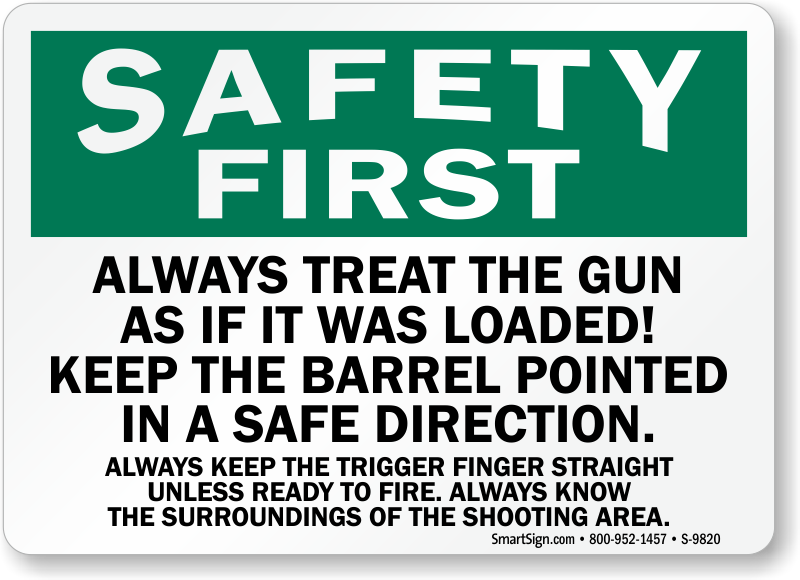As many of you have probably heard, last week, Marjory Stoneman Douglas High School in Parkland, Florida, witnessed a shooting in which 17 students were killed. You can find a whole report on the issue here. The pain the students must be going through is immense; I sympathize them, and my thoughts and prayers are with them.
That being said, this shooting raised lots of arguments on how the country should move forward to prevent acts like this from happening in the future. Our gun laws, the responsibility of the FBI, and how we treat our mentally ill have all come into question over the course of a week.
I do not intend to write this post on saying what I think should and shouldn’t be done in the wake of the shooting to prevent another one. However, as an outdoor enthusiast and gun owner, I feel that a post focused on the importance of guns in rural American culture and how to practice safe gun habits is appropriate, and I want to encourage current and prospective gun owners to act responsibly in their carry.
Being from a rural area, I grew up with guns, and so did everyone else in my town. I have seen firsthand how firearms play into the culture of rural Americans, and have partaken in that culture for myself. My father owns guns for multiple purposes – hunting, self protection, target shooting, etc, and always made sure I knew gun safety growing up. I can remember one time in particular when I was about five years old. He called me to his gun cabinet, showed me all of his different guns and told me what they were used for, and most importantly, the locations of all the safety mechanisms. Then, he said, “NEVER point one of these at someone, whether you think it’s loaded or not. Always assume the gun is loaded.” He told me horror stories of people he knows who harmed others and themselves by acting irresponsibly with guns they thought were not loaded. I heard these same words throughout my childhood, and I still do today. If only I had a dollar for every time I was hunting with my dad and he’s said, “is the safety on?”
My father did his part as a responsible gun owner and parent to drive deep into my head that guns are not toys, which is something I feel doesn’t happen often enough in American families. Lots of times, people don’t expose their children to guns at an early age, so it doesn’t really sink in that they could seriously hurt someone.
So if you are a gun owner, or are thinking about becoming one, show your guns to your children. Show them how they work, tell them what they are used for, and most importantly, stress the repercussions of their misuse. Don’t make them scared of guns, make them scared of what can happen if they are not used properly.
The next step of being a responsible gun owner is to keep them in a locked safe whenever they are not in use. Lock guns outside of a safe with locks like these:

and store them away, out of reach of children. This will further ensure that all firearms are controlled and accounted for.
Finally, attend gun safety and training programs to learn how to handle a firearm. It is not difficult to find gun safety manuals and articles online; this can be proven with a simple Google search. The more knowledge gun owners have of how guns work and how to use them, the less likely they will be to experience a misfire.

Firearms are a useful tool, and it’s ashamed that people are scared of them. Educating our children and practicing safe gun habits like these may be the first step toward a safer life in America.

